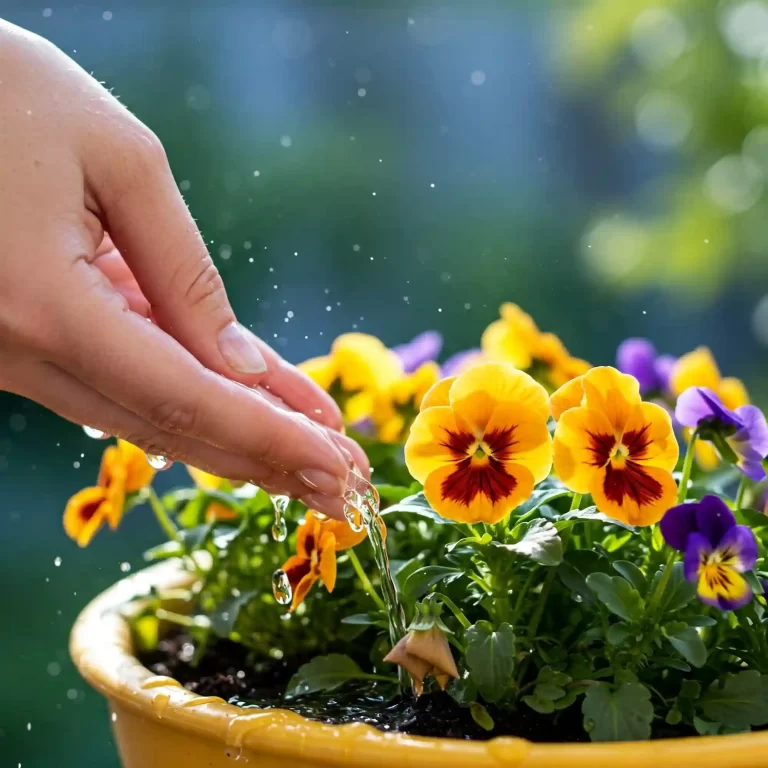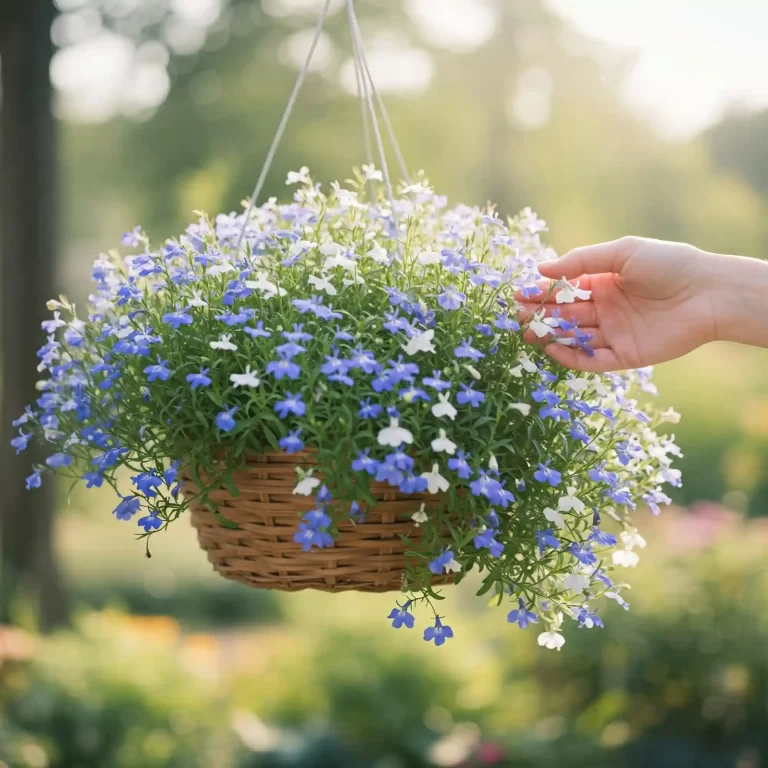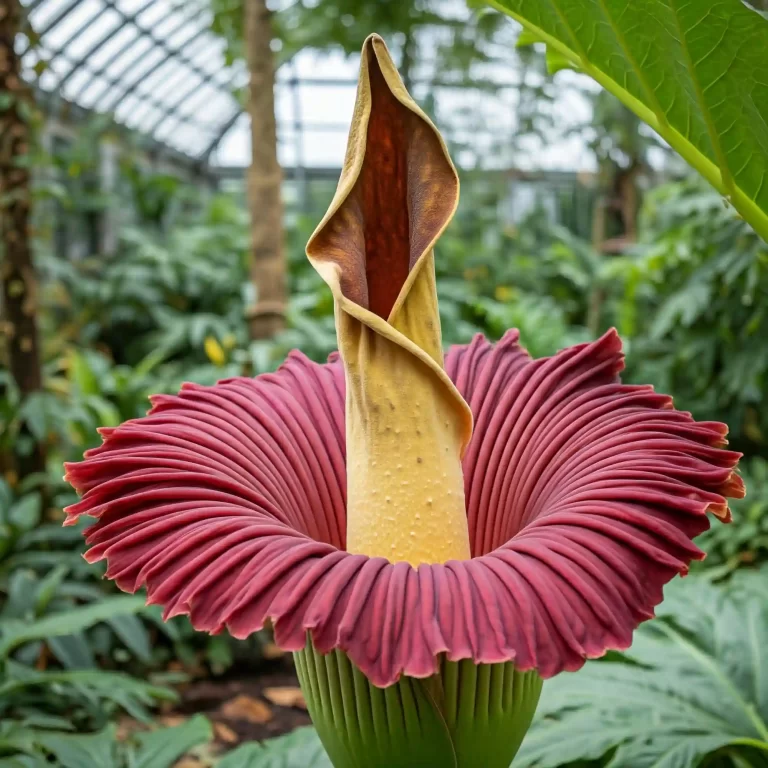Imagine crisp winter mornings adorned with the vibrant red berries of holly bushes. Not only is holly a beautiful addition to any garden, but it’s also a haven for winter birds and a symbol of festive cheer during the holiday season. Growing holly (Ilex aquifolium) might seem intimidating, but with the right knowledge, you can cultivate these stunning evergreen shrubs and enjoy their beauty for years to come. This comprehensive guide will walk you through every step, from selecting the perfect variety to ensuring a bountiful harvest of berries.
Choosing the Right Holly for Your Garden
Holly comes in a wide variety of shapes, sizes, and even foliage colors. Selecting the right variety for your garden depends on several factors, including your climate, desired mature size, and whether you want berry production. Here’s a breakdown to help you choose:
- Climate: Holly thrives in USDA hardiness zones 5-8, tolerating some colder temperatures as well. However, certain varieties perform better in specific regions. For instance, American Holly (Ilex opaca) is a good choice for warmer climates, while English Holly (Ilex aquifolium) prefers cooler zones.
- Size: Holly bushes can range from dwarf varieties reaching only 3-5 feet to towering specimens exceeding 20 feet. Consider your available space and desired aesthetics when making your selection.
- Berry Production: If you dream of festive red berries, remember that holly is dioecious. This means separate male and female plants are needed for pollination and subsequent berry formation. Planting at least one male pollinator within 40 feet of a female holly will ensure berry production.
Popular Holly Varieties
| Variety | Mature Height | Sun Preference | Berry Color |
| English Holly (Ilex aquifolium) | 15-25 ft | Full sun to part shade | Red |
| American Holly (Ilex opaca) | 20-50 ft | Full sun to part shade | Red |
| Nellie R. Stevens Holly (Ilex x Nellie R. Stevens) | 8-15 ft | Full sun to part shade | (Female, no berries) |
| Meserve Holly (Ilex x meserviae) | 8-12 ft | Full sun to part shade | Red |
| Inkberry Holly (Ilex glabra) | 6-10 ft | Full sun to part shade | Black |
Tip: Garden centers usually label holly plants as male or female. If unsure, inquire with a knowledgeable staff member to ensure you get the right combination for berry production.
Planting Your Holly for Success
Once you’ve chosen your perfect holly, it’s time to prepare for planting. Here’s what you’ll need:
- Shovel
- Garden fork
- Compost or aged manure
- Well-draining potting mix (if planting in a container)
- Balanced fertilizer formulated for acidic soils (optional)
Planting Steps:
- Selecting the Right Location: Choose a spot that receives at least 6 hours of sunlight daily for optimal growth. Holly tolerates some shade, but flowering and berry production will be reduced. Ensure good drainage as holly dislikes soggy roots.
- Preparing the Planting Hole: Dig a hole 2-3 times wider than the root ball of your holly plant and slightly deeper. Loosen the surrounding soil with a garden fork to encourage healthy root development.
- Amending the Soil: Mix equal parts compost or aged manure with the excavated soil. This will improve drainage and provide essential nutrients for your holly.
- Planting Your Holly: Carefully remove the holly from its container and gently loosen any root-bound plants. Place the plant in the hole, ensuring the root ball sits level with the surrounding soil. Backfill the hole with the amended soil mixture, tamping gently to remove air pockets.
- Watering: Water thoroughly after planting to settle the soil and hydrate the roots. Continue to water regularly, especially during the first growing season, to ensure proper establishment.
Container Planting:
For container planting, choose a pot at least 2-3 times wider than the root ball. Use a well-draining potting mix specifically formulated for acid-loving plants. Water regularly and fertilize according to the manufacturer’s instructions. Be mindful that container-grown hollies may require more frequent watering than those planted in the ground.
Nurturing Your Holly for Vibrant Growth
Once your holly is planted, proper care is essential for healthy growth and abundant berry production (if applicable). Here’s how to nurture your holly throughout the growing seasons:
Watering:
- Water regularly, especially during the first year after planting and during periods of hot, dry weather. Aim to keep the soil consistently moist but not soggy.
- Established holly bushes are more drought tolerant but will still benefit from occasional deep watering during extended dry spells.
Mulching:
- Apply a 2-3 inch layer of organic mulch, such as shredded bark or wood chips, around the base of your holly. Mulch helps retain moisture, suppress weeds, and regulate soil temperature. Keep the mulch away from the stem to prevent rot.
Fertilizing:
- While holly is not a heavy feeder, a balanced fertilizer formulated for acidic soils can promote healthy growth and improve berry production (for female plants).
- Apply a light fertilizer application in early spring, following the product instructions carefully. Avoid over-fertilizing, which can damage the roots.
Holly Care Checklist
| Task | Frequency |
| Watering | Regularly, especially during dry periods |
| Mulching | Apply a 2-3 inch layer in spring |
| Fertilizing | Light application in early spring (optional) |
| Pruning | Prune for shape or size control in late winter or early spring (optional) |
Tip: Regularly monitor your holly for signs of pests or diseases. Early detection and treatment will help keep your plant healthy.
Enjoying the Rewards: Harvesting Berries and Winter Beauty
With proper care, your holly bush will mature and reward you with its beauty. Here’s what to look forward to:
Berry Production:
- If you planted a female holly with a nearby male pollinator, you can expect to see berries developing in the fall. The vibrant red berries are a beautiful addition to the winter landscape and a delightful food source for birds.
- Be aware that holly berries are mildly toxic to humans and pets, so discourage consumption.
Winter Interest:
- Even without berries, holly adds a touch of festive cheer to your winter garden. The glossy green leaves remain vibrant throughout the colder months, contrasting beautifully with the snow (in colder climates).
- You can use holly branches for festive decorations, creating wreaths and centerpieces for the holiday season.
Tip: When harvesting holly berries, wait until they are fully mature and a deep red color. Use sharp pruners to snip off individual berries or small clusters. Be mindful not to remove excessive foliage, which can weaken the plant.
Conclusion: Cultivating a Legacy of Beauty with Holly

Growing holly is a rewarding experience. Not only will you cultivate a beautiful and festive addition to your garden, but you’ll also create a haven for wildlife and a lasting legacy of beauty. With proper care, your holly bush can thrive for generations, bringing joy to your winter landscape year after year.
Remember, this guide provides a comprehensive roadmap for growing holly (Ilex aquifolium). So, get ready to embrace the festive spirit and embark on your holly-growing journey!



